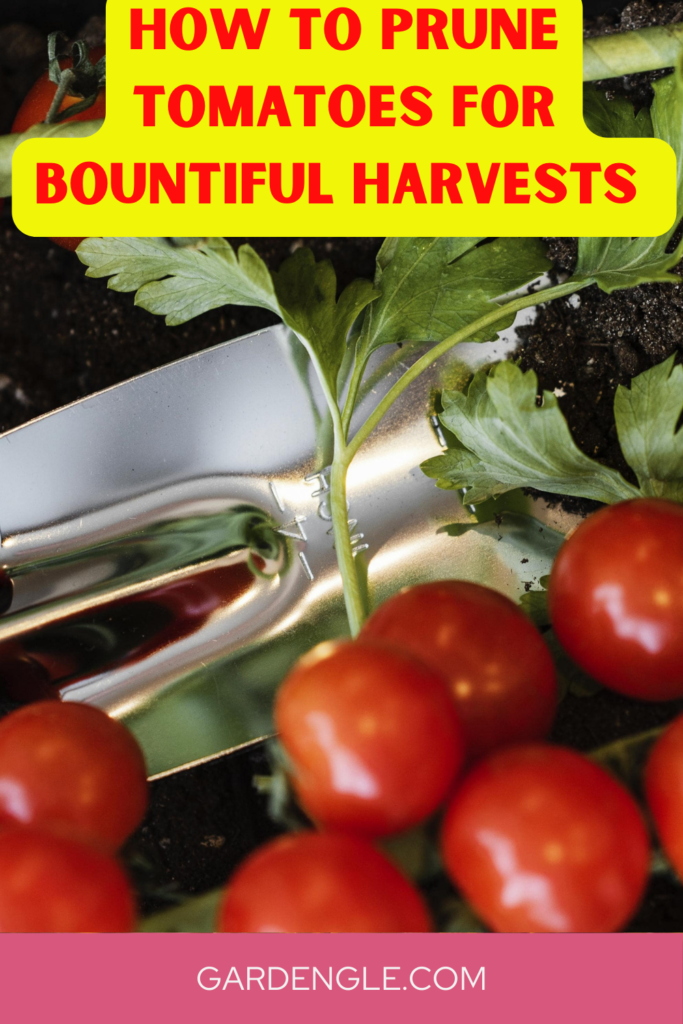
Tomatoes are a staple in many home gardens, offering vibrant colors, juicy flavors, and versatile culinary possibilities. To ensure robust growth and abundant yields, proper pruning is essential. Pruning tomatoes may seem daunting to some gardeners, but with the right techniques, it becomes a straightforward task that rewards you with healthier plants and an increased harvest. In this guide, we’ll explore why pruning is important, when to prune, and how to do it effectively for optimal results.
Why Prune Tomatoes?
Pruning tomatoes serves several vital purposes. First and foremost, it promotes better air circulation around the plant, reducing the risk of fungal diseases such as blight and powdery mildew. Additionally, pruning helps control the plant’s size and shape, allowing for more efficient use of space and easier access to fruits. By removing unnecessary foliage, the plant can direct more energy towards fruit production, resulting in larger, tastier tomatoes.
When to Prune:
Timing is crucial when it comes to pruning tomatoes. It’s best to start pruning once the plant has established a few sets of true leaves and continues throughout the growing season. Regular maintenance pruning should be done every 1-2 weeks, depending on the rate of growth and the variety of tomatoes you’re growing. Avoid pruning during periods of extreme heat or drought, as this can stress the plants.

How to Prune Tomatoes:
- Identify Suckers: Suckers are the small shoots that emerge from the crotch between the main stem and a leaf branch. They grow in the axil of each leaf and can sap energy from the plant if left unchecked.
- Pinch Suckers: Using your fingers or clean pruning shears, pinch or cut off suckers when they are small, typically less than 2 inches long. Be careful not to damage the main stem or other branches in the process.
- Remove Lower Leaves: As the tomato plant grows, it’s beneficial to remove the lower leaves that touch the ground. These leaves are more susceptible to soil-borne diseases and can become a pathway for pests to climb onto the plant.
- Prune for Airflow: Thin out dense foliage to improve airflow within the plant canopy. This helps prevent moisture buildup and reduces the risk of fungal infections.
- Support Vertical Growth: If you’re growing indeterminate varieties, which continue to grow and produce fruit throughout the season, provide support such as stakes or trellises. As the plant grows, tie the main stem to the support structure using soft ties or twine to prevent it from bending or breaking under the weight of fruit.
- Monitor and Adjust: Regularly inspect your tomato plants for new growth and adjust your pruning strategy accordingly. Remember, the goal is to strike a balance between foliage and fruit production to maximize yield and plant health.
Conclusion: Pruning tomatoes is a simple yet effective technique that can significantly improve the health and productivity of your plants. By removing suckers, thinning foliage, and providing support as needed, you’ll create an environment conducive to robust growth and abundant harvests. With a little practice and attention to detail, you’ll soon be enjoying a bountiful supply of delicious homegrown tomatoes straight from your garden.

0 Comments